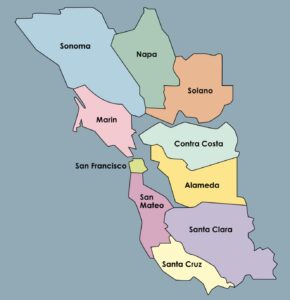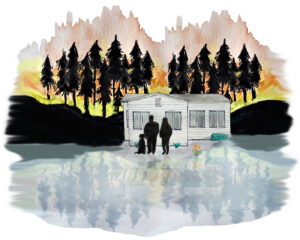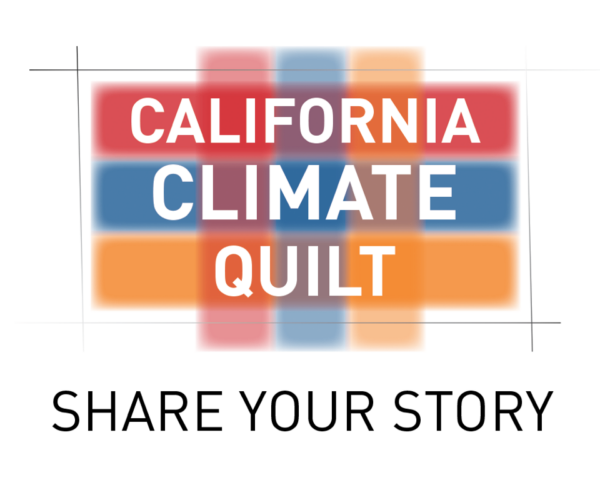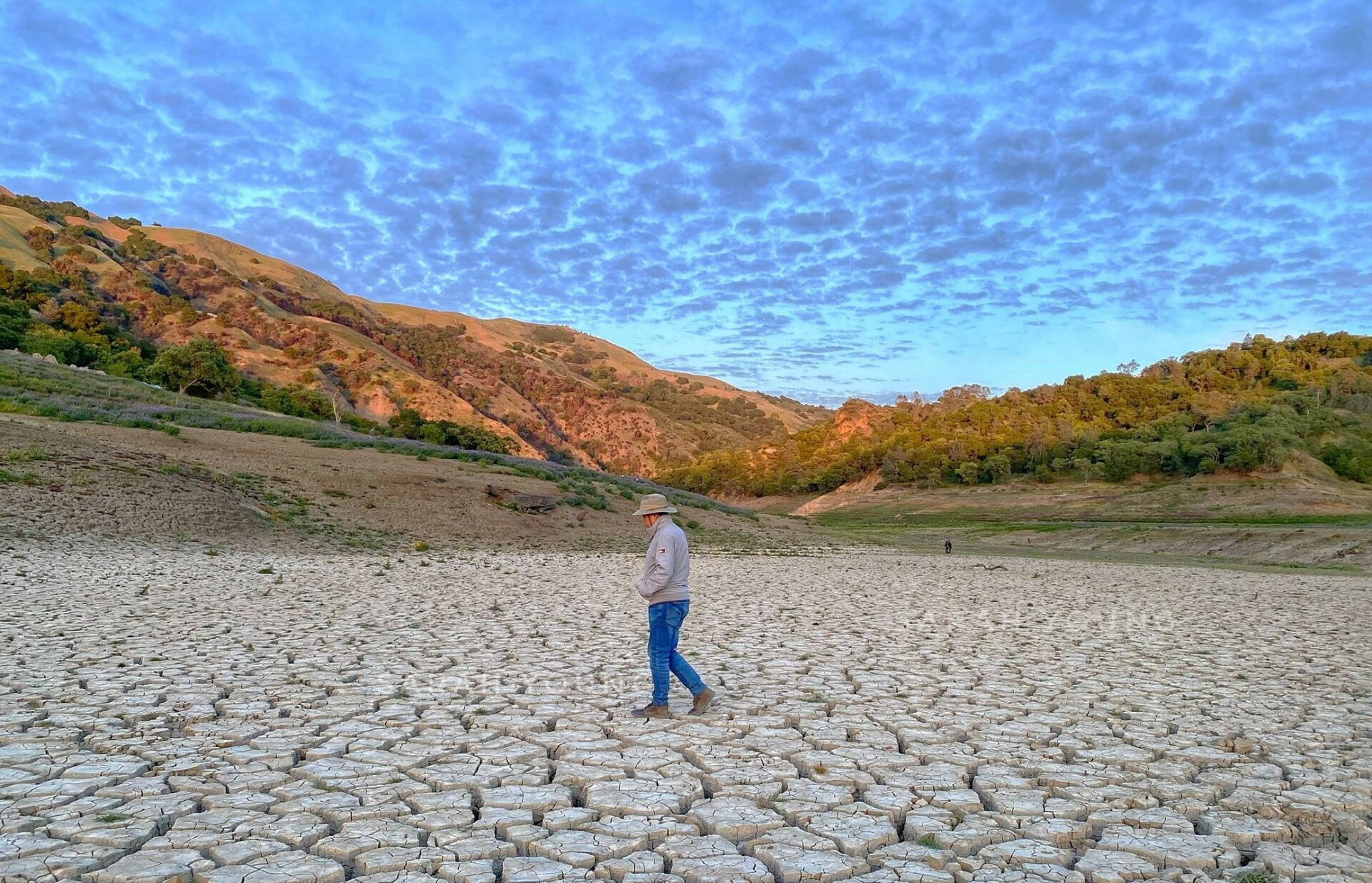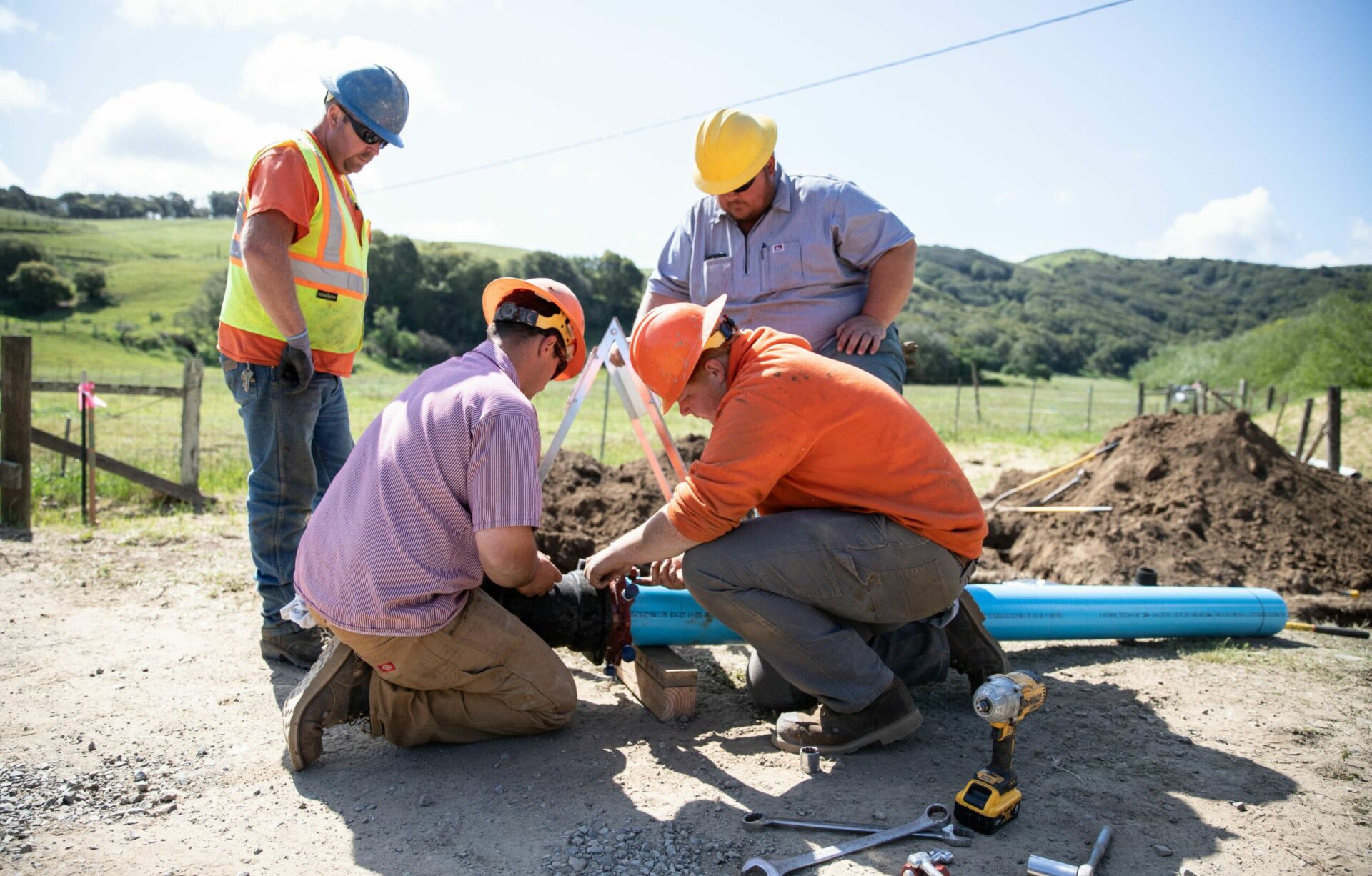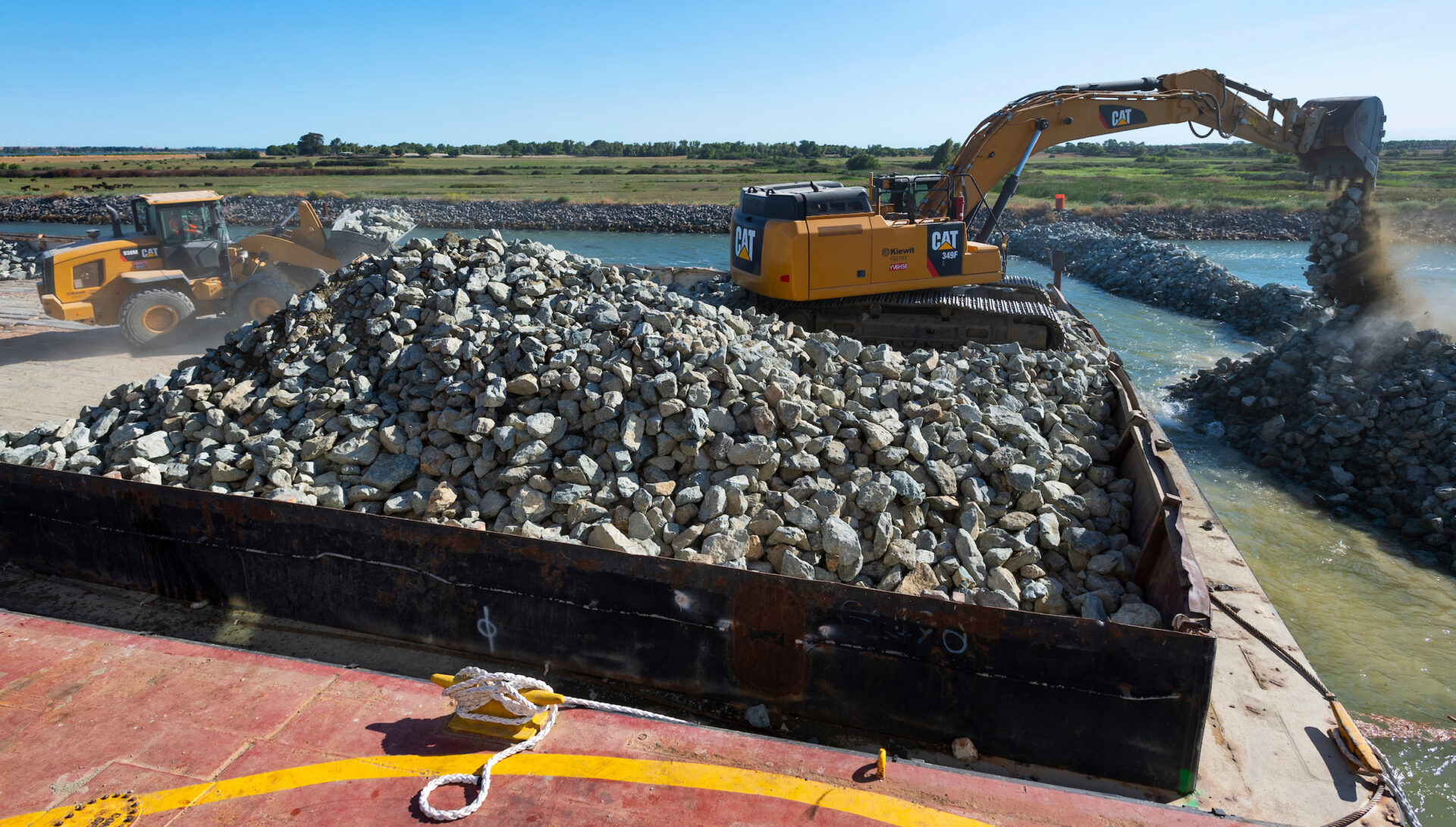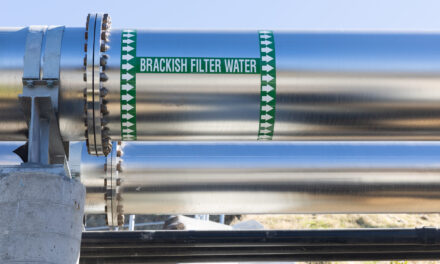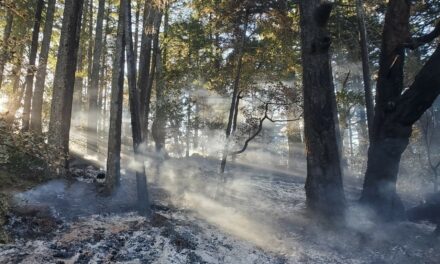Slaying Beasts at Valley Water
When Gary Kremen delivered his State of Valley Water Address on February 8th, he had Herculean beasts and ecological balance sheets on his mind. Kremen, chairman of the board of directors of Valley Water, described the “triple-headed hydra” threatening the district as the combination of a worsening drought, an evolving COVID-19 pandemic, and an increasingly dire picture of climate future.
Despite early winter storms, drought in California remains the status quo, which poses multiple problems for the Santa Clara Valley. The district imports 55% of its water and, with nearby Anderson reservoir out of commission for the next ten years, reliant on overburdened upstream reservoirs.
“Conservation is a way of life” for Valley Water, said Kremen in his address. He hit the usual suggestions, like not watering lawns and taking shorter showers, and described his car “as a science experiment. Totally covered in dirt.”
Climate change and drought “are inextricably linked,” says Kremen, speaking to the KneeDeep Times about two of the heads on the multi-headed hydra facing down Valley Water. Even so, “we see climate change as less snowpack…exacerbating the drought/flood situation. Drought has other complexities.” In other words, Kremen sees these two heads as related, but requiring different solutions to combat. He proposed a climate change committee on the Valley Water board, led by himself, to “[look] at our own sustainability, carbon footprint, and what we think of ecological footprint budgets.”
Gary Kremen described the threats to the Santa Clara Valley Water District as a “triple-headed hydra.”
When Hercules slew the Lernaean Hydra, he discovered that when one head was cut off, two would grow in its place unless he cauterized the stump with fire. The analogy is apt, for poorly thought out solutions can often worsen the very problem they aimed to fix. When facing down Valley Water’s hydra, Kremen’s fire might be his idea of ecological balance sheets, or a kind of financial accounting of ecological services and assets the district delivers.
These balance sheets would make it “easy to see if you have a problem or if you made progress,” he says. “If you view it in a financial context — maybe there would be more buyers if people saw we had done good work in sustainability.” Not the fiery solutions popular in the age of heroism, but perhaps more appropriate for a 21st century problem.
Other Recent Posts
Who Will Inherit the Estuary? Training for a Rough Future
The six-month program teaches students aged 17 -24 about the challenges facing communities around the SF Estuary, from Stockton to East Palo Alto.
Split Verdict Over State of the Estuary
Habitat restoration and pollution regulations are holding the Bay steady, but the Delta is losing some of its ecological diversity, says SF Estuary Partnership scorecard.
Volunteers Catch and Release Tiny Owls For Science
In Santa Rosa, citizen scientists capture northern saw-whet owls to help further research on climate impacts to the bird.
Antioch Desalination Plant Could Boost Local Water Supply
The $120 million plant opened this fall and treats 8 million gallons of brackish water a day, 75% of which is drinkable.
How Cities Can Make AI Infrastructure Green
Data centers fueling AI can suck up massive amounts of energy, water and land, but local policies can mitigate the impact.
What to Know about PFAS in Tri-Valley Water
In this nonfiction comic, explore how the city of Pleasanton is dealing with PFAS- contaminated groundwater.
ReaderBoard
Once a month we share reader announcements: jobs, events, reports, and more.
Artist Repurposes Shoreline Detritus
Courtney Griffith scours beaches and parks for everything from plastic to charcoal, mangled ropes and burnt wood to use in her work.
After The Fire: Scenes from Chinese Camp
One of California’s oldest Gold Rush settlements takes stock after a devastating fire — a photo essay.
Youth Group Tackles Heat Islands in Santa Rosa
A new youth advisory team convened by the Greenbelt Alliance and Latino Service Providers is exploring heat disparities in southwest Santa Rosa.

